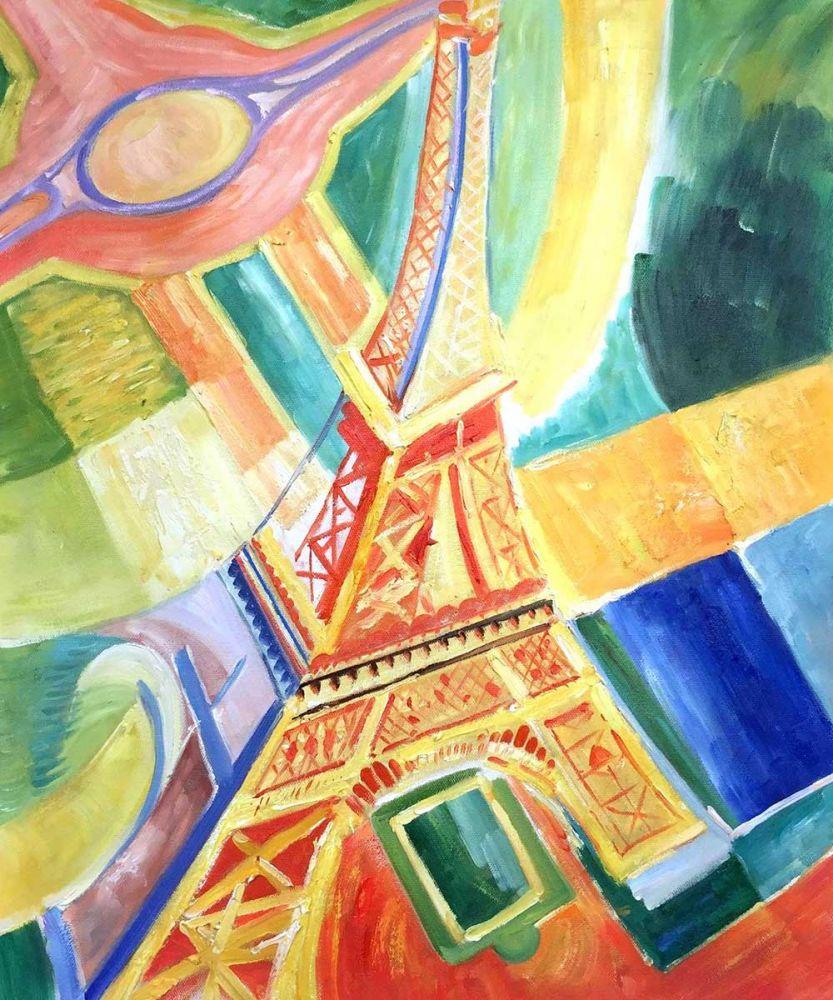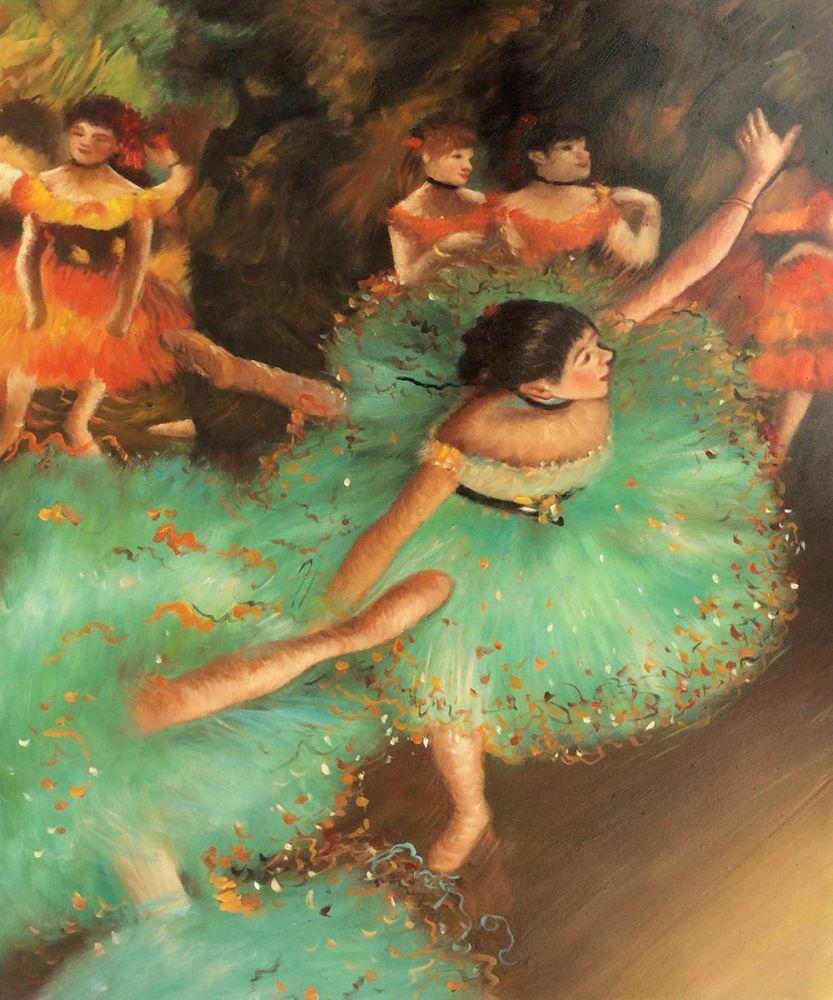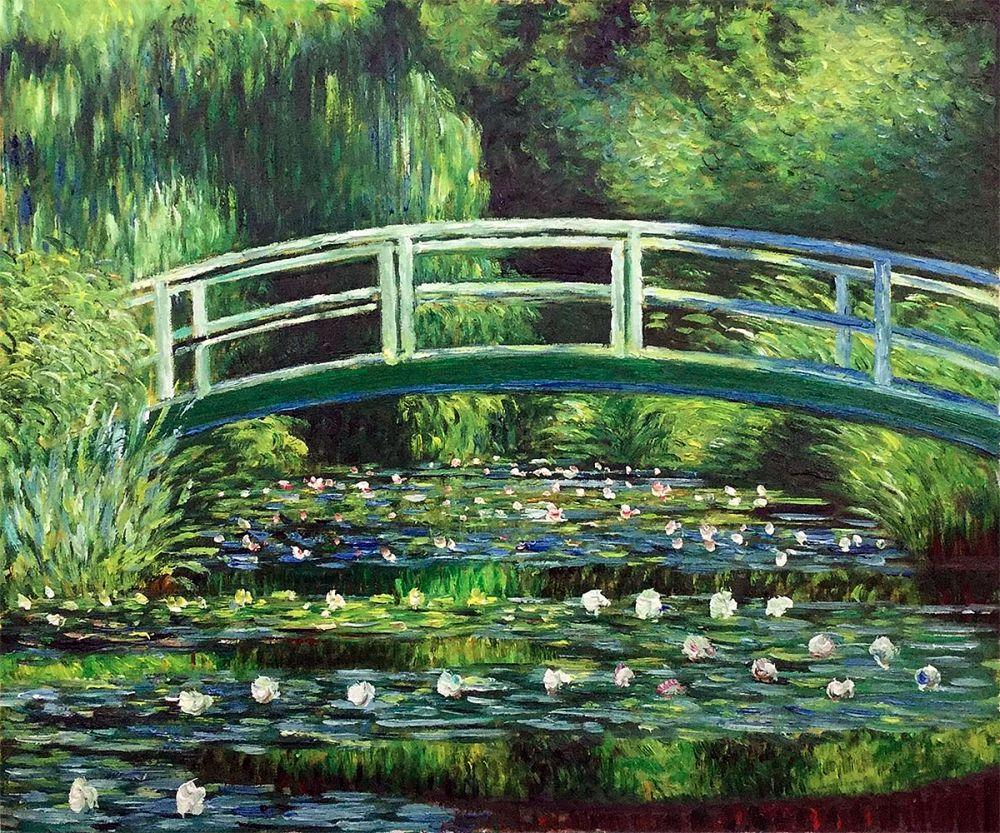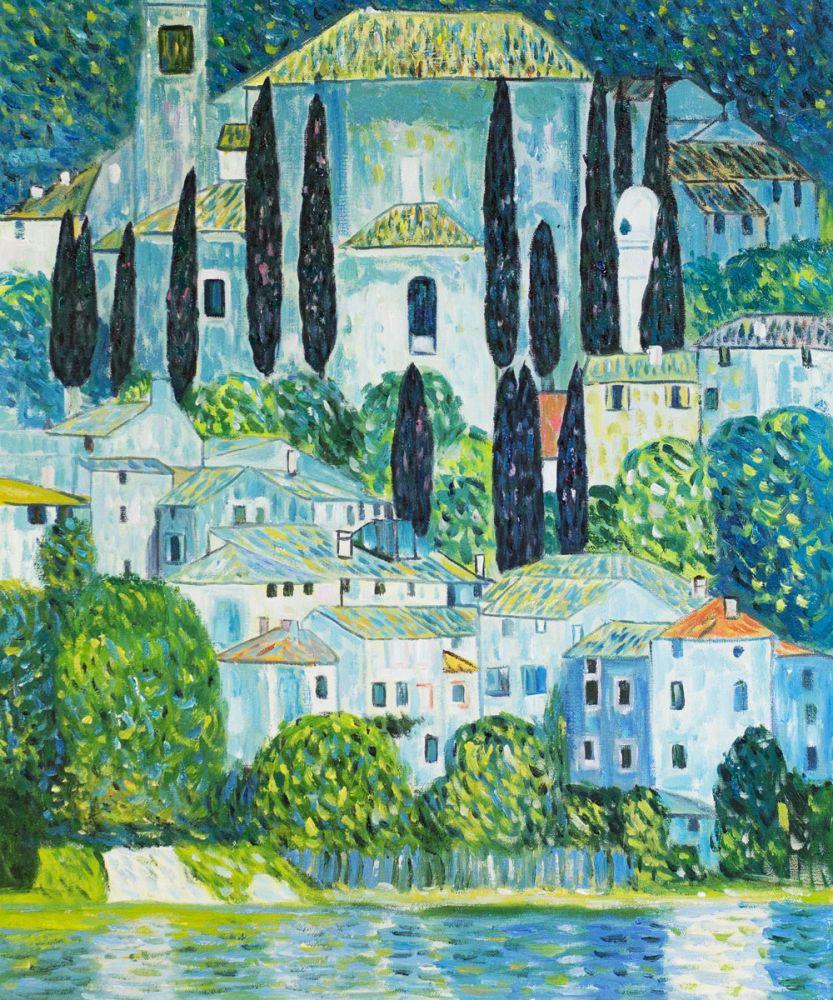Art
Art World News
overstockArt.com
Celebrating St. Patrick’s Day Bit O’ Green for Good Luck in Your Art
Saint Patrick’s Day is just around the corner, and the enchanting allure of the color green is on everyone’s mind. From lush landscapes to vibrant shamrocks, this hue has long been associated with luck and prosperity. Infusing your living space with a touch of this fortunate color can elevate its ambiance and bring a sense of renewal. Explore our curated collection of art pieces that celebrate the essence of Saint Patrick’s Day with the perfect shade of green, bringing a dash of luck and charm into your home.
Vincent Van Gogh-Olive Trees with the Alpilles in the Background
Olive Trees with the Alpilles in the Background has become one of the most famous paintings by Vincent Van Gogh. The painting is part of a series of 18 paintings of olive trees found in Saint-Rémy-de-Provence, where Van Gogh resided at an asylum at his own request.
One of the striking features of this painting is Van Gogh’s skillful use of the color green. He employed various shades of green, ranging from deep, rich tones to lighter, more delicate hues, to depict the foliage of the olive trees. The lush green leaves are rendered with bold, expressive brushstrokes, creating a sense of movement and vitality within the composition.
Let his depiction of these beautiful olive trees inspire you each day as they did him during the last years of his life.
Robert Delaunay-La Tour Eiffel
La Tour Eiffel by Robert Delaunay is part of a series that the artist worked on from 1922 to 1928. Delaunay broke with the trends in the art world and rather than sticking to muted palates he stuck used bright colors in most of his pieces even though his works are cubism in style.
Delaunay’s use of green is strategic, as it adds contrast and depth to the composition. The green tones are interspersed throughout the painting, depicting trees, bushes, and grassy areas around the Eiffel Tower. This infusion of green not only grounds the towering structure within its natural environment but also creates a sense of harmony and balance within the composition.
Let the vivid colors add energy to your space.
Gustav Klimt-Church in Cassone (Landscape with Cypress)
Church in Cassone was painted by the most renowned founder of the Vienna Secession, Gustav Klimt. Klimt is perhaps most often associated with his allegorical, overtly erotic works, but the artist took delight in painting many depicting age-old architecture in Italy and Austria. For Klimt, Cassone represented a far-off vista, as he reportedly painted the work using a telescope from Malcesine, Italy.
Moreover, Klimt’s use of green is symbolic in “Church in Cassone.” Green has long been associated with themes of growth, renewal, and vitality, and its presence in the painting reinforces these concepts. The flourishing vegetation surrounding the church symbolizes life and abundance, contrasting with the tranquil setting of the church itself.
Enjoy the luscious view from your own home with this lovely piece.
Claude Monet-Japanese Bridge
In The Japanese Bridge, Monet portrays the arched bridge and pond that by then had become his primary source of inspiration. Monet completed several paintings from this same perspective and in this one, the sun shines down, contrasting with the soothing greens of the bridge, the trees and the water lilies that overpower the pond.
In “Japanese Bridge,” Monet’s use of color, including shades of green, is central to the painting’s composition. The lush foliage surrounding the serene pond is depicted in various tones of green, ranging from vibrant emeralds to soft, muted greens. These green hues create a tranquil and harmonious atmosphere, evoking the beauty of nature in a peaceful garden setting.
Feel the serenity as you gaze upon it every day.
Edgar Degas-The Green Dancer
Edgar Degas painted Green Dancer while working as an artist in Paris and studying ballet dancers. His most popular paintings were and still are his ballerina paintings like The Dance Class, Star Dancer (On Stage), and Dance Studio at the Opera.
One of the distinctive features of “The Green Dancer” is Degas’s use of the color green, which plays a significant role in the composition. The dancer’s costume, a vibrant shade of green, immediately draws the viewer’s attention and becomes the focal point of the painting. The green costume is accented with subtle touches of other colors, such as pink and gold, adding depth and richness to the overall palette.
This scene captures a star dancer in green at center stage and you’ll feel the joy emanating from the canvas every time you gaze at this.
This is only a sample of the wide variety of hand painted oil paintings you can find that have the color green in them. If you want to browse our Best Sellers Gallery, you will find even more options in every shade of the color.
Feel free to browse until you find the perfect piece for your own style and bring a bit of luck into your spring décor.









